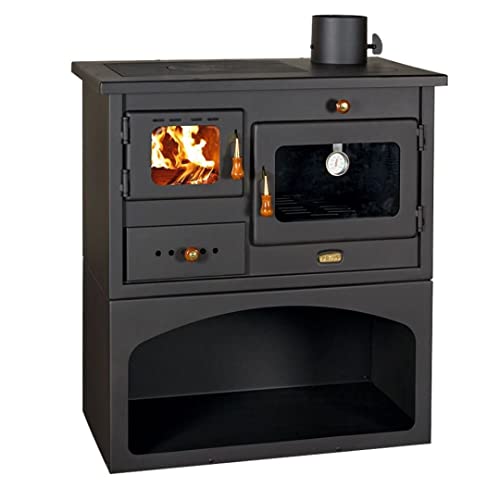What to Look For in a Wood Burner Clearance Sale
Efficiency
If you are searching for a sale or clearance on wood burners, you should be aware of the efficiency of the appliance. The overall effectiveness of a wood stove determines how much heat is transferred to your home rather than up the chimney. This directly affects how much firewood you buy and the frequency at which you burn it. EPA certified stoves are required to display combustion and overall heating efficiencies. To get the most bang for your buck, look for a wood stove with an EPA-listed overall efficiency of at minimum 70%. Higher efficiency means less waste and a greater savings on fuel. This means less time spent cutting and stacking wood as well as fewer trips to your wood pile during winter storms. This means more time for cozy nights in with a fire.
Safety
Almost all wood stoves that are sold today have been tested for safety. Stoves that haven't been tested include stoves purchased secondhand or antique stoves, as well as stoves constructed in small, informal welding shops. The majority of insurance companies do not protect homes with appliances that are not certified.
A certified stove is marked with an indication of the minimum distance between the stove and combustibles such as furniture and walls. This information is also contained in the instructions for installation provided by the manufacturer. The test performed by the manufacturer will determine if the stove is in compliance with the standards for fire resistance.
Even with the right clearances, a wood-burning device can be dangerous. Children should be kept out of the equipment and should never be allowed to be alone in a space in which a wood burner is in use. They can be very hot and could cause burns to your skin and clothing within minutes. Be wood burning stove in conservatory to disconnect the tool when you aren't using it.
Fire safety is not only about building materials. It also covers cleaning products and rags that are kept close to a stove. It's important to keep blankets, curtains, throws, rugs and other fabric out of the stove's clear space too.
By using shielding, you can decrease the clearances listed above. However, it is important to consult the recommended clearances of the manufacturer and err on the side of caution. If you are uncertain about the appropriateness of a particular shielding material, speak with your local building control officer or inspector to make sure it is in compliance with current regulations for fire safety. Installing carbon dioxide and smoke detectors around the stove is also a good choice.

